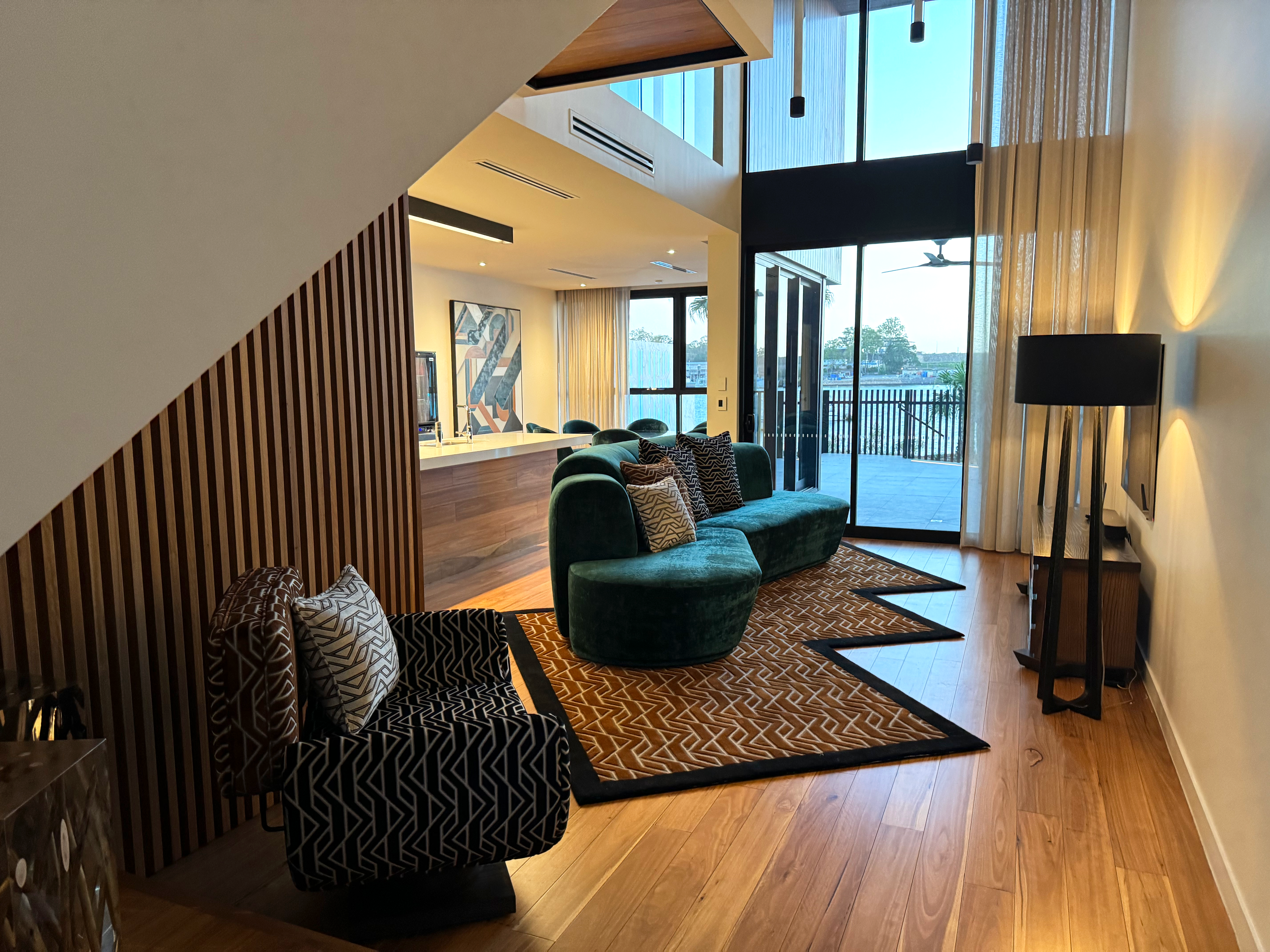Luxury Commercial Projects Development: Interior Design for Flagship Stores
A flagship sends a message. People walk in and decide, almost immediately, what kind of brand they’re dealing with. In that sense, the design does more than support the brand—it is the brand.
For those involved in luxury commercial projects, this means treating space as a language. Every corner, surface, and shadow becomes part of what the store is saying. A strong concept paired with careful material choice sets the tone.
In high-end commercial projects, where the visual language of luxury speaks quietly, design becomes a crucial layer in building long-term brand perception. And that often starts with the furniture.
Luxury Commercial Projects – Interior Design Place in Brand Identity
Walk into a well crafted luxury commercial project and it tells you everything—without needing a logo on the wall. That’s what good interior design does. It creates atmosphere through arrangement, scale, light, and texture.
For a luxury interior designer, the focus isn’t on decoration. It’s about how everything feels together. The way people move through the luxury commercial space, the quiet contrast between cold stone and warm timber, or the way light draws your eye without being obvious. These things stick.
Furniture choices matter too. A single piece of statement furniture can become a landmark inside a store. Not loud, just certain. A good furniture designer understands how form, material, and position work together. Whether it’s a custom counter, curved shelving, or integrated seating, luxury furniture is part of the narrative.
Some brands work exclusively with custom made furniture. Others source locally, favouring pieces such as luxury Australian made furniture for their material integrity and cultural grounding.
Luxury Commercial Projects – What Defines a Flagship Space
There are no strict rules, but a few design choices keep showing up across the most memorable flagships.
First is flow. Movement through space should feel natural. Visitors don’t want to be told where to go, but subtle nudges help. Furniture placement, lighting rhythm, sightlines—all of it contributes. That’s where well-planned architectural furniture plays its part. It’s not just structure—it’s navigation, mood, and identity rolled into one.
Next comes material. People respond to quality, even when they can’t describe why. Leather, glass, timber, stone—they don’t all need to be expensive, but they need to feel deliberate. A luxury furniture selection doesn’t mean more—it means better. One well-made table says more than ten standard ones.
Then there’s light. Done right, it doesn’t just illuminate—it guides, softens, and builds depth. In these commercial projects, lighting is rarely direct. It floats, bounces, grazes. It gives shape to objects without showing off.
And of course, luxury furniture is the glue that holds it all together. High end furniture sets the tone. Whether designed from scratch or selected with care, it anchors the space in both function and form.
Conclusion
At their best, flagship stores do more than display—they speak. They reflect a brand’s choices, priorities, and pace. They invite you into something considered and quiet.
Whether it’s a sharp piece of architectural furniture, a soft-lit corner, or a confident line of luxury furniture, every element adds weight. Design in these spaces isn’t filler—it’s structure, both literal and emotional.
For luxury interior designers and furniture designers alike, these projects are about more than looks. They’re about creating spaces that work, last, and matter. And that’s where design makes its mark—without needing to shout. Get in touch with luxury interior designer and furniture manufacturer Mark Alexander for your next project.



